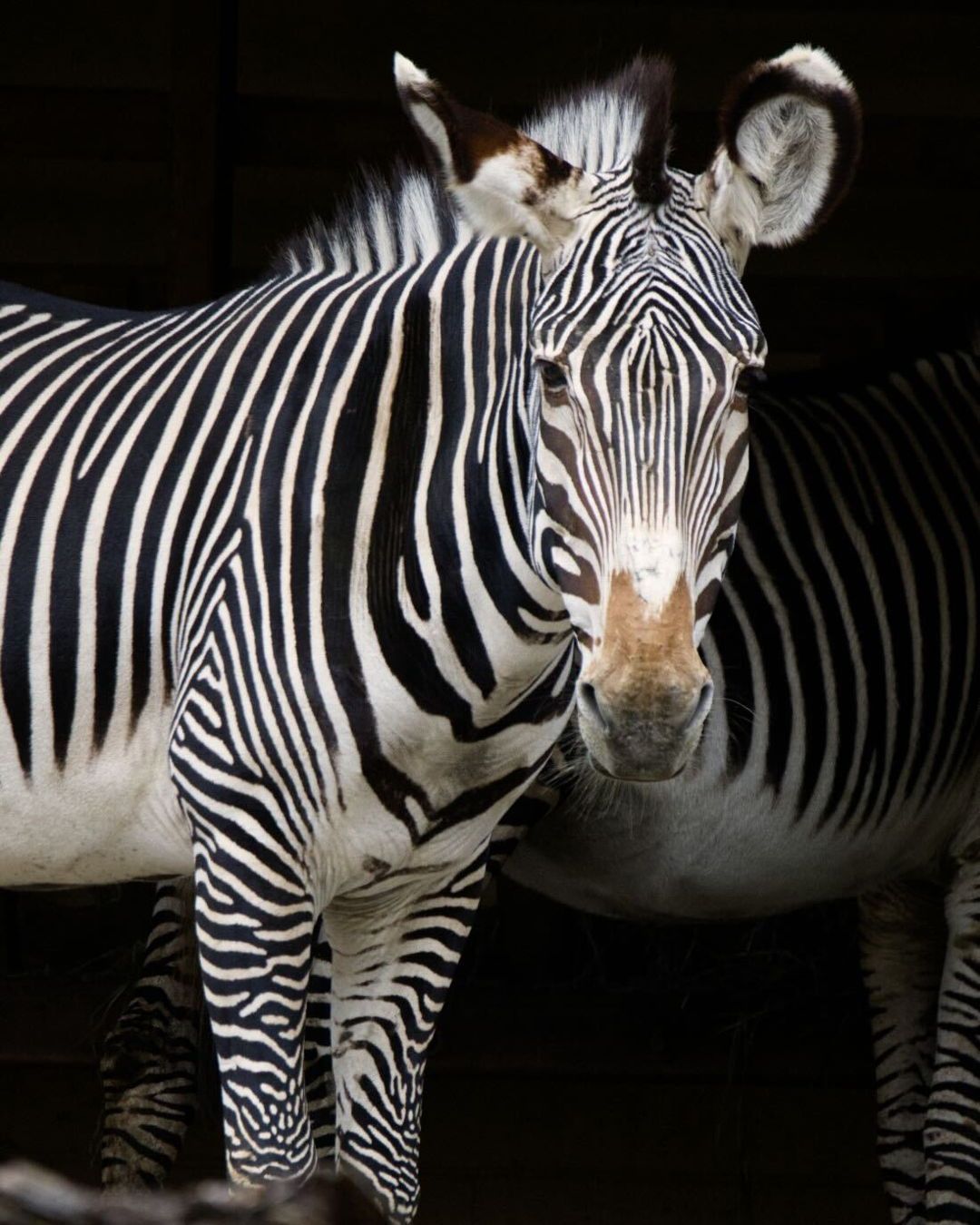- Introduction to the Grevy’s Zebra: Biology and Conservation Status
- The Role of the Sacramento Zoo in Supporting Grevy’s Zebra Trust
- Community Collaboration and Conservation Strategies in Northern Kenya
- Importance of Zoos in Global Wildlife Conservation Efforts
- How Visitors Contribute to Conservation Initiatives
The Grevy’s zebra, scientifically known as Equus grevyi, represents the most endangered species of the zebra family. This iconic herbivore is indigenous to the semi-arid grasslands of northern Kenya and southern Ethiopia. Named after Jules Grévy, a former French president, the Grevy’s zebra is distinguishable by its narrow stripes, white belly, and large rounded ears. It is significantly larger than other zebra species, with males weighing up to 990 pounds. The decline in the Grevy’s zebra population, now estimated at less than 2,500 individuals in the wild, underscores the urgency of conservation efforts.
Several factors have contributed to the precarious status of the Grevy’s zebra. Habitat loss due to agricultural expansion and competition with livestock for grazing and water resources significantly impact their survival. Hunting for skins and traditional beliefs regarding zebra-derived products have further exacerbated their decline. Climate change has also amplified water scarcity, challenging their adaptability to changing environments. The International Union for Conservation of Nature (IUCN) classifies the Grevy’s zebra as endangered, necessitating concerted global conservation initiatives.
At the Sacramento Zoo, conservation is more than a mission; it’s a mandate. By supporting the Grevy’s Zebra Trust, a pioneering organization in zebra conservation, the zoo significantly contributes to the survival of this rare species. Established in 2007, the Grevy’s Zebra Trust is pivotal in conserving Grevy’s zebras through community-driven efforts in Kenya. Collaborating with local communities is crucial, as it fosters a sense of shared responsibility and provides sustainable solutions benefiting both humans and wildlife.
The zoo plays an integral role as a link between these efforts and the public. By educating visitors about the zebra’s plight, the zoo raises awareness and generates essential funds needed for conservation programs. The public’s engagement ensures continuous support for initiatives that combat factors threatening the Grevy’s zebra. When visitors come to the Sacramento Zoo, a portion of their ticket proceeds supports programs such as anti-poaching patrols and habitat restoration.
In northern Kenya, the Grevy’s Zebra Trust implements innovative conservation strategies. Community involvement lies at the core of their methodology. By employing locals as Grevy’s zebra scouts and educators, the trust leverages indigenous knowledge and fosters wildlife stewardship among these communities. This model creates a collaborative environment where people benefit from conservation efforts through employment, education, and development initiatives.
The trust also engages in scientific research to monitor zebra populations and assess habitat conditions. By conducting aerial surveys and ground patrols, researchers gather vital data used in crafting effective conservation strategies. The trust also works on restoring degraded habitats by facilitating sustainable grazing practices and securing water sources. These actions help mitigate the adverse effects of habitat competition and climate change, contributing to the long-term resilience of the Grevy’s zebra population.
Zoos play a fundamental role in the larger framework of global wildlife conservation. They serve as vital centers for education, breeding programs, and wildlife protection strategies. Through partnerships with organizations like the Grevy’s Zebra Trust, zoos can extend their conservation impact beyond their walls. Educational outreach programs, both on-site and online, inform and motivate the public to act in support of wildlife preservation.
Moreover, zoos act as a living laboratory for scientific research. By studying animals in controlled environments, researchers can gain insights that inform conservation practices in the wild. In situations where wild populations are critically low, zoos provide a sanctuary for breeding and reintroduction programs. These efforts help maintain genetic diversity and prevent extinction.
Visitors to the Sacramento Zoo play a pivotal role in conservation efforts. Each visit supports initiatives that help save not just the Grevy’s zebra but numerous other species on the brink of extinction. By participating in educational activities, guests gain a deeper appreciation for the natural world and an understanding of the importance of protecting it.
Engagement through social media and virtual platforms also amplifies the reach and impact of conservation messages. Sharing information and experiences from zoo visits encourages a broader audience to care about and contribute to wildlife conservation. This collective awareness and action are essential to fostering a culture where conservation becomes a mainstream priority.
By supporting institutions like the Grevy’s Zebra Trust and the Sacramento Zoo, individuals contribute to a network of global conservation initiatives. These efforts are crucial for reversing biodiversity loss and securing a sustainable future for endangered species like the Grevy’s zebra. Through education, community involvement, and sustained financial investment, we can all play a part in preserving the intricate tapestry of life on Earth.
*****
Source Description
Did you know the Grevy’s zebra is the most endangered zebra species? At the Sacramento Zoo, we proudly support the Grevy’s Zebra Trust, the only organization focused solely on conserving this species.
This organization works with communities in northern Kenya to monitor and study zebras in the wild. By visiting the zoo, you’re helping us support vital conservation efforts like these!
Learn more at @grevyszebratrust


